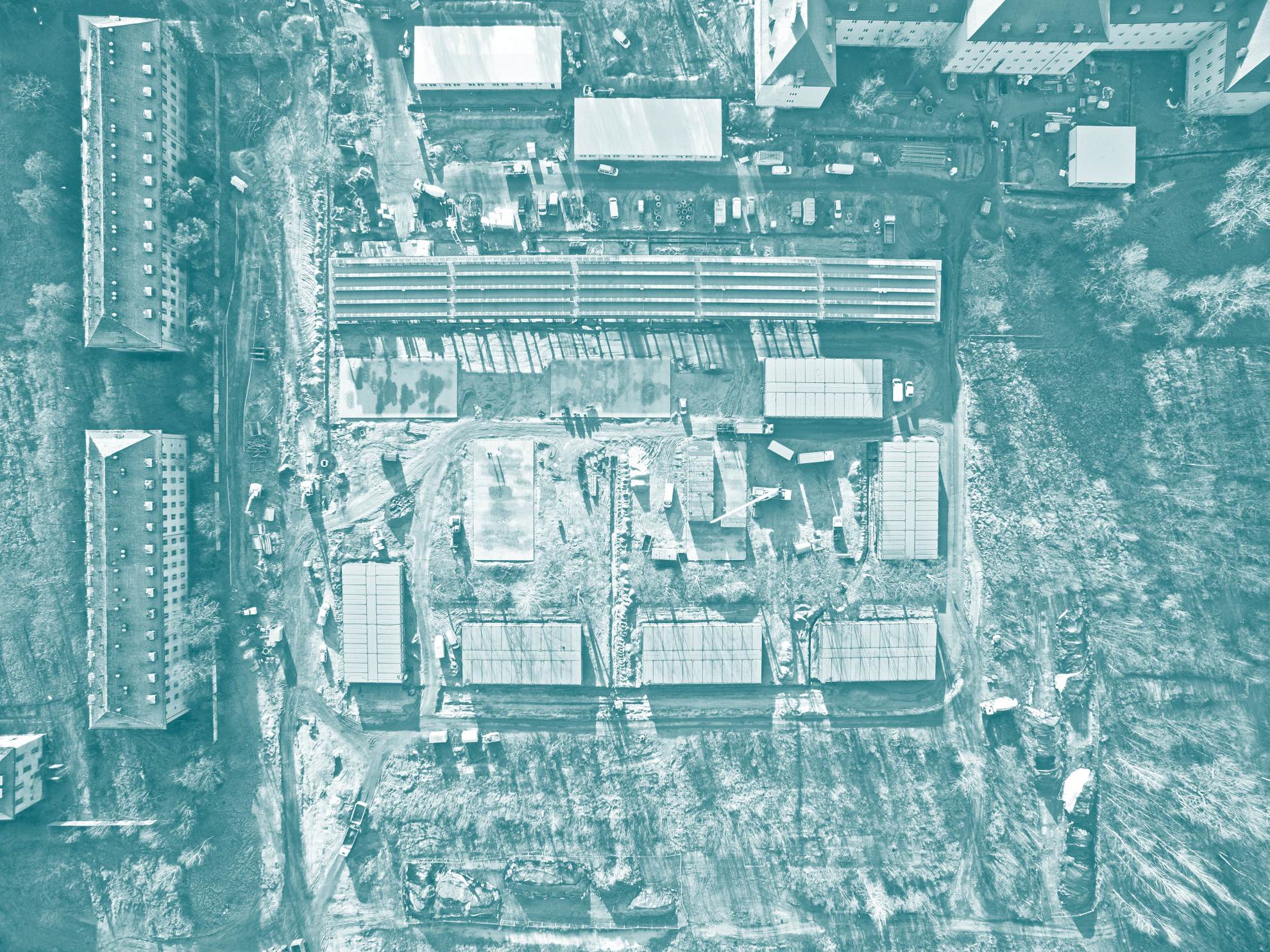18 June 2021 11:40 Post/Colonial Place-Making
Victoria Park in Tianjin: British Colonial Heritage Shaped by Interaction with an Evolving Chinese Society
Yichi Zhang (University of Oslo)
After Britain used its military might to force China to open treaty ports in the second half of the 19th century, the British founded their settlements in these port cities. As territories administered by foreign consuls, the British newcomers developed the urbanism of these settlements based on their own tastes, traditions and social practices. Consequently, these urban areas, together with the settlements themselves, caused friction with the Chinese population. The existing scholarship often subsumes the urban development of settlements under the hegemony of imperialism. However, rather than remaining isolated from each other, the British settlements and Chinese towns in the treaty ports evolved under each other’s influence. Rather than British arrivals dictating their own terms to the Chinese communities, the residents of Chinese towns and British settlements formed an interrelated and interactive relationship that influenced the urban construction of each entity.
This paper examines the evolution of Tianjin’s Victoria Park, the centre of the largest British settlement in China, from the mid-19th century to the present. It contributes to the understanding of the colonial heritage of British settlements in China and beyond by investigating how residents of the British settlement and locals in Tianjin interacted to frame their urbanism. It reveals that initially Victoria Park was primarily a place of entertainment, and then evolved firstly into the very symbol of British pride in the settlement; then into a neglected pocket of parkland – representing the dark side of British settlers; and finally, into an important part of the precious heritage of the city. During this process, the British settlement was shaped by both tangible and intangible means to bestow spiritual significance on the physical constructions, and in turn, frame the urbanism of the settlement from imperial space into an invaluable heritage site of the city.
Yichi Zhang is an ERC-funded postdoctoral fellow at the University of Oslo. Trained as a landscape architect, conservator and garden historian, he was a Postdoctoral Fellow (2019) at the Paul Mellon Centre for Studies in British Art (Yale University) and research fellow (2015) in Garden and Landscape Studies at Dumbarton Oaks, Trustees for Harvard University. His research interests include transnational architecture production, modern Chinese urban and garden history, the history of British settlements in China, and conservation of historical garden and heritage sites. His recent publications include: “Hebei New Area in Tianjin, 1902–1912: Implementing Japanese Commercial and Industrial Urban Planning Ideas in China”: Planning Perspectives, 2021; “From ‘Arcadia of the Literati’ to ‘Extravagant Enclosure’: The Tianjin Salt Merchant Gardens of the Qing Dynasty”, Landscape Research 45 (7) 2020, p. 789–801; and “From Enclosure to Necessity: The Functions of Public Parks in the International Settlement of Shanghai, 1842-1943,” Garden History, 46 (2) 2018, p. 170–183.
